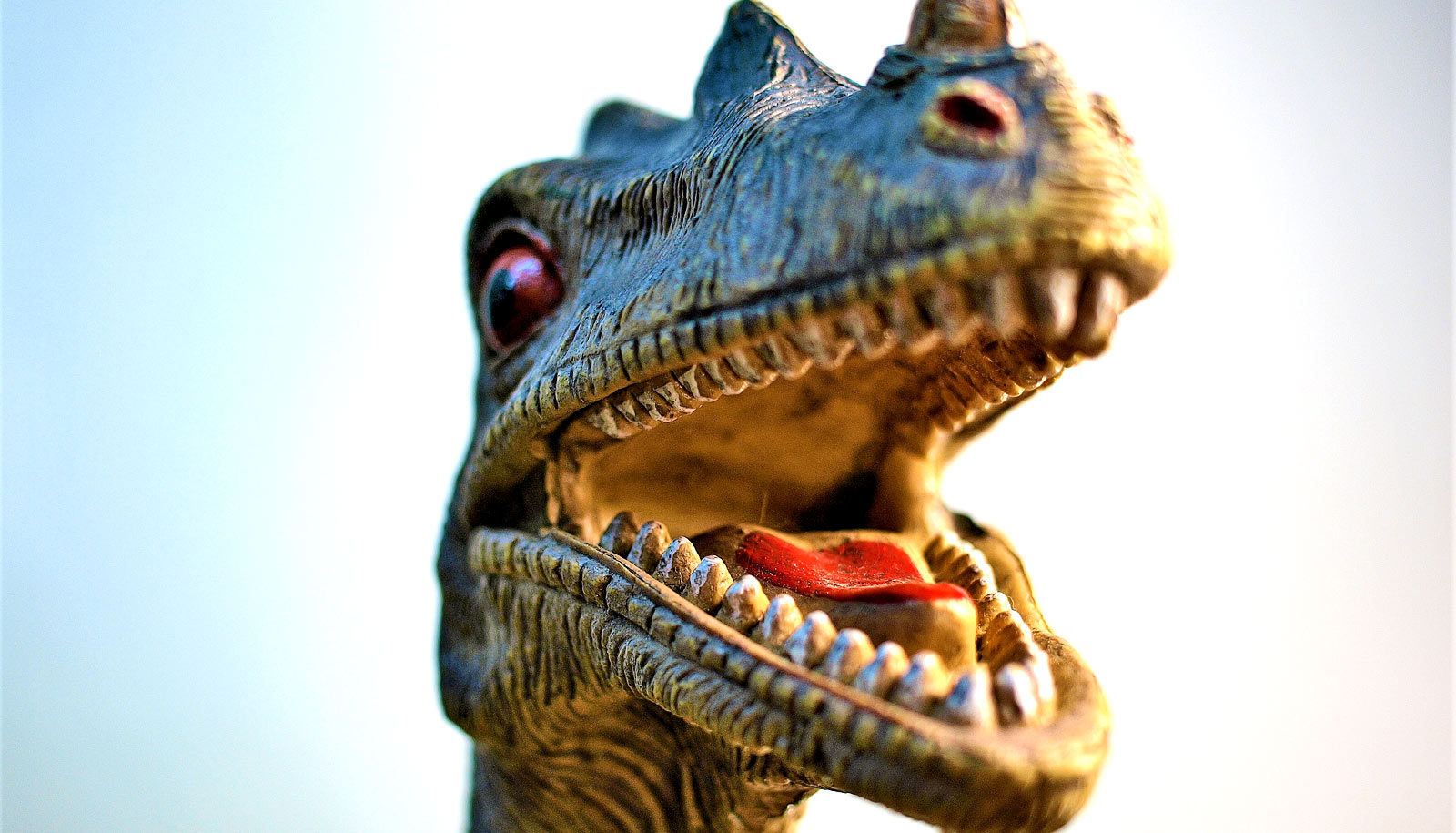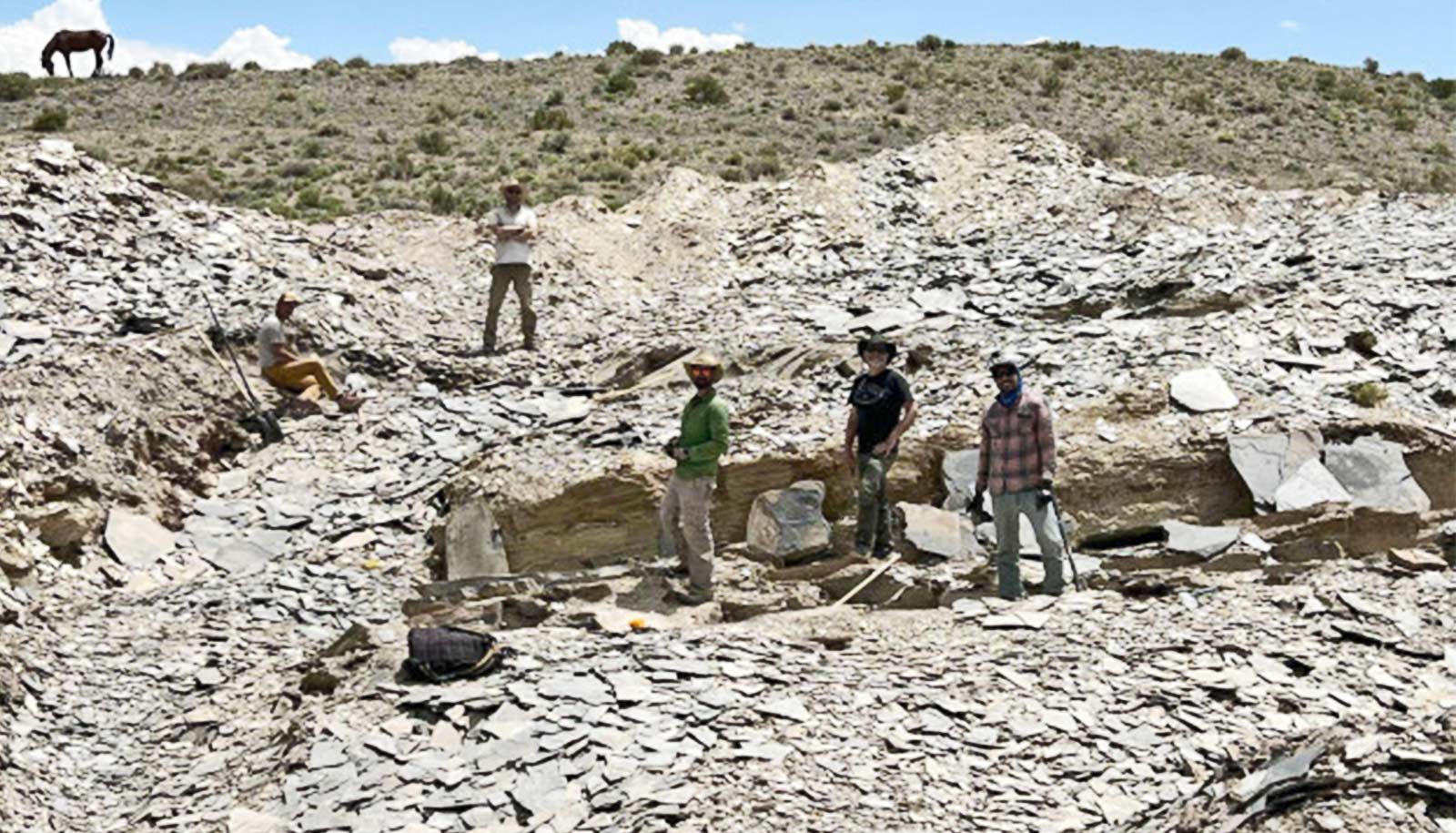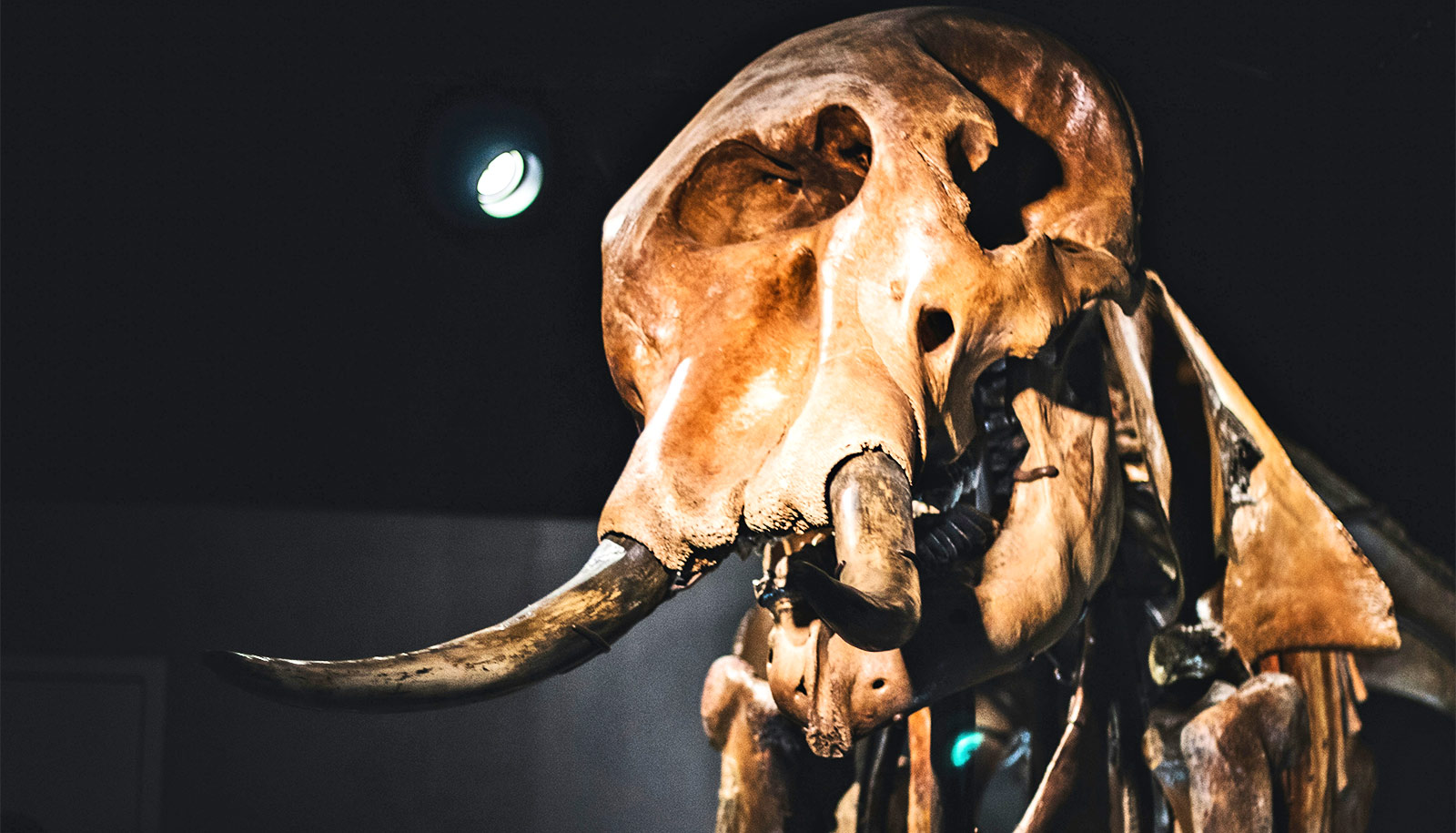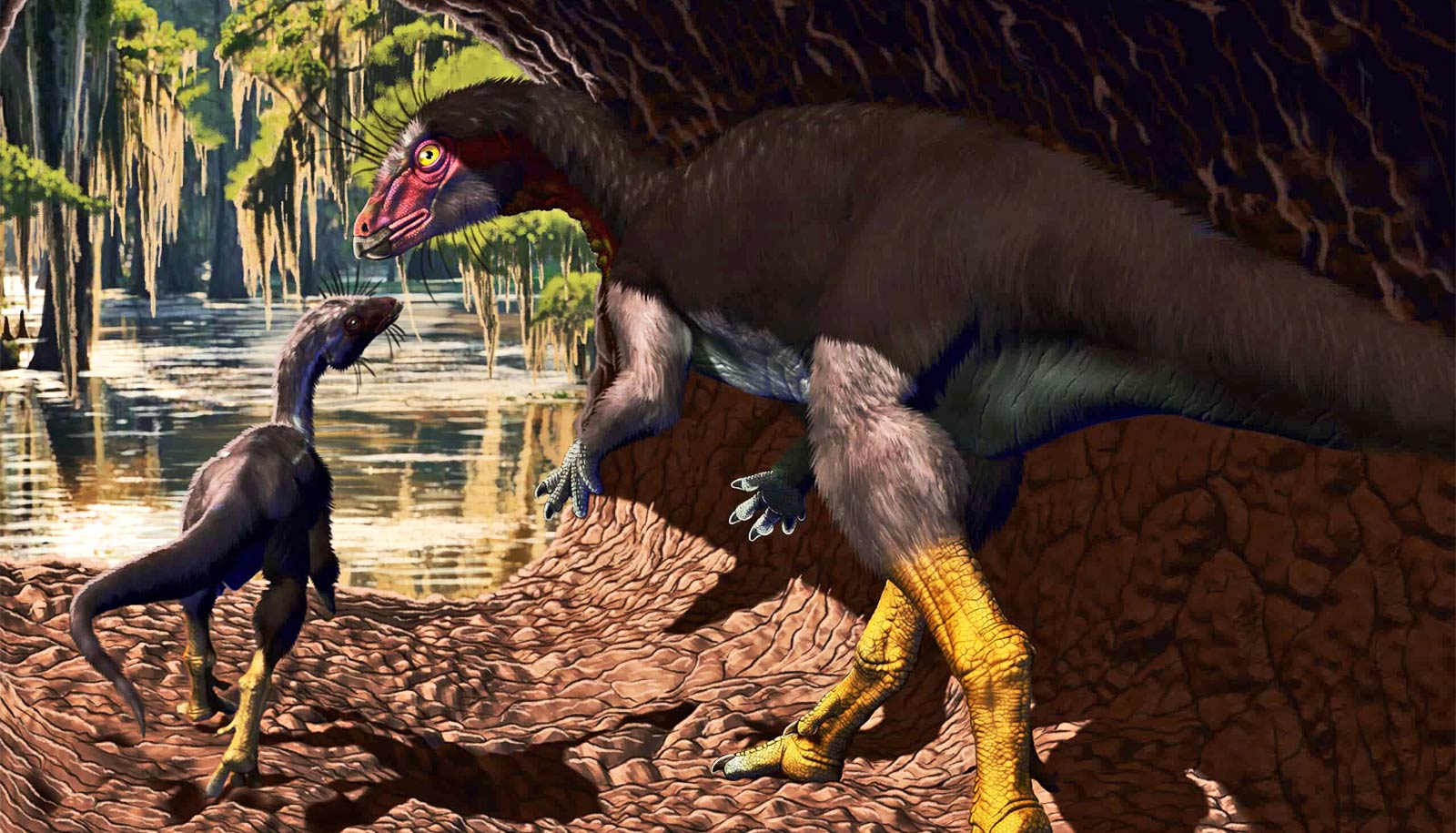Dinosaurs often appear as fierce creatures, baring their teeth, with tongues wildly stretching from their mouths. But a new study reveals a major problem with this classic image: Dinosaurs couldn’t stick out their tongues.
Instead of having tongues similar to lizards, dinosaur tongues were probably rooted to the bottoms of their mouths in a manner akin to those of alligators, researchers say.
“Tongues are often overlooked. But, they offer key insights into the lifestyles of extinct animals.”
Researchers made the discovery by comparing the hyoid bones—the bones that support and ground the tongue—of modern birds and crocodiles with those of their extinct dinosaur relatives.
Further, the findings also propose a connection on the origin of flight and an increase in tongue diversity and mobility.
“Tongues are often overlooked. But, they offer key insights into the lifestyles of extinct animals,” says Zhiheng Li, an associate professor at the Key Laboratory of Vertebrate Evolution and Human Origins of the Chinese Academy of Sciences. He conducted the work while earning his PhD at the University of Texas Jackson School of Geosciences.
Researchers compared the hyoid bones of extinct dinosaurs, pterosaurs, and alligators to the hyoid bones and muscles of modern birds and alligator specimens. Hyoid bones act as anchors for the tongue in most animals, but in birds these bones can extend to the tip.
Because extinct dinosaurs are related to crocodiles, pterosaurs, and modern birds, comparing anatomy across these groups can help scientists understand the similarities and differences in tongue anatomy and how traits evolved through time and across different lineages.
The comparison process involved taking high-resolution images of hyoid muscles and bones from 15 modern specimens, including three alligators and 13 bird species as diverse as ostriches and ducks, at the Jackson School’s High-Resolution X-Ray Computed Tomography Facility (UTCT).
The fossil specimens, most from northeastern China, were scrutinized for preservation of the delicate tongue bones and included small bird-like dinosaurs, as well as pterosaurs and a Tyrannosaurus rex.
The results, which appear in PLOS ONE, indicate that hyoid bones of most dinosaurs were like those of alligators and crocodiles—short, simple, and connected to a tongue that was not very mobile.
“If you can’t use a hand to manipulate prey, the tongue may become much more important to manipulate food.”
These findings mean that dramatic reconstructions that show dinosaurs with tongues stretching out from between their jaws are wrong, says coauthor and Jackson School professor Julia Clarke.
“They’ve been reconstructed the wrong way for a long time,” Clarke says. “In most extinct dinosaurs their tongue bones are very short. And in crocodilians with similarly short hyoid bones, the tongue is totally fixed to the floor of the mouth.”
For an earlier study on dinosaur vocalizations, Clarke found evidence that large dinosaurs might make booming or cooing sounds, similar to the sounds made by crocodiles and ostriches.
In contrast to the short hyoid bones of crocodiles, pterosaurs, bird-like dinosaurs, and living birds have a great diversity in hyoid bone shapes, researchers say.
The range of shapes could be related to flight ability, or in the case of flightless birds such as ostriches and emus, evolved from an ancestor that could fly. Taking to the skies could have led to new ways of feeding that could be tied to diversity and mobility in tongues, the researchers propose.
“Birds, in general, elaborate their tongue structure in remarkable ways,” Clarke says. “They are shocking.”
That elaboration could be related to the loss of dexterity that accompanied the transformation of hands into wings, Li says.
“If you can’t use a hand to manipulate prey, the tongue may become much more important to manipulate food. That is one of the hypotheses that we put forward.”
Dinosaurs may have mumbled with their mouths shut
The scientists note one exception linking tongue diversity to flight. Ornithischian dinosaurs—a group that includes triceratops, anklyosaurus, and other plant-eating dinosaurs that chewed their food—had hyoid bones that were highly complex and more mobile, though they were structurally different from those of flying dinosaurs and pterosaurs.
Further research on other anatomical changes that occurred with shifts in tongue function could help improve our knowledge of the evolution of birds, Clarke says. For example, changes in the tongues of living birds are associated with changes in the position of the opening of the windpipe. These changes could in turn affect how birds breathe and vocalize, she explains.
Tiny dino may have used rainbow feathers to wow mates
However, the fossil record as yet can’t pin down when these changes to the windpipe occurred, Li says. “There is more work to be done.”
The Chinese Academy of Sciences, the University of Texas at Austin, the Smithsonian Institution, and the Gordon and Betty Moore Foundation funded the work.
Source: University of Texas at Austin



